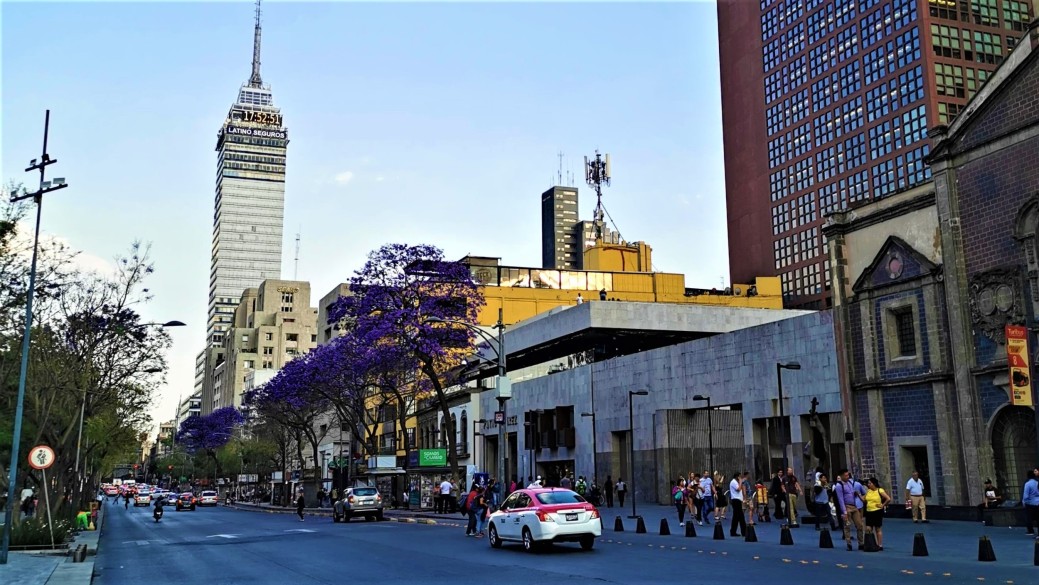

The 2020 population figures were calculated using the 2006 data as base and applying annual rates of population changes. Occasionally however, several cities of similar status and their suburbs make up an urban area. The census of 2010 showed a community of 5,686,986, and the population for 2019 is 5.83 million. It has 65,497.82 square miles of surface space it is the 23rd largest state in the country and the 20th most populous in the US. I guess if a city's population proper is large enough, it doesn't matter if it doesn't have a unique metro area. Wisconsin’s 2019 population is estimated to be 5,832,661 with a growth rate of 0.33. Poverty in the United States: The 25 Most Populous Metro Areas. Interesting to see that depicted graphically here. An official website of the United States government Here’s how you know Here’s how you know. The rapid growth experienced by Williams County, North Dakota. Among metropolitan areas, Phoenix-Mesa-Chandler, AZ, with a population of 4,948,203 in 2019, replaced Boston-Cambridge-Newton, MA-NH as the 10 th most populous metropolitan area in the country ().). The population of Mexico City continues to grow, at an annual rate of 1.8. I've become accustomed to ignoring places like Bridgeport and New Haven when dealing with Metro areas, since they are completely encompassed by NYC's metro area. This pattern among larger counties was particularly evident in the West and South.

Located in the Valley of Mexico in the center of the country, Mexico City is the nations capital. Such areas boast levels of density above 500 or even topping 1,000 people per square kilometer, making these areas the most crowded in the country. Most such agglomerations are economically, socially and culturally dominated by one city at their centre. Mexico City, Mexico (20,892,724) Mexico City has the most populous metro area in North America with a population of 20,892,724. The most densely populated parts of the US are found in major metropolitan areas around the states of New York, New Jersey, California, and Connecticut, among others. Urban areas ranked 1 to 100 The tables provide population figures for cities and their surrounding urban areas. Worldwide | Elections | North America | Latin America | Europe | Asia | Africa | The table below lists the biggest 51 metropolitan areas identified by the US Census Bureau, the population counted in the 2010 Census, and the. In 2010, 167 million people lived in these urban centers, out of the country's 308 million people. By 2020, Mumbai is forecast to be the world's second-largest urban agglomeration Altogether the cities and surrounding urban areas account for over half of the US population.


 0 kommentar(er)
0 kommentar(er)
